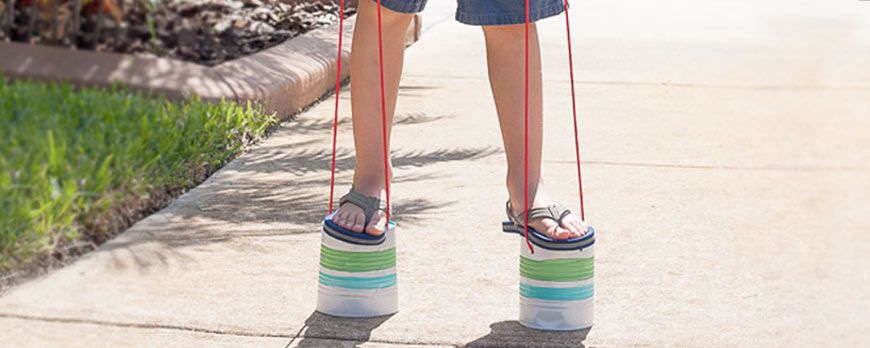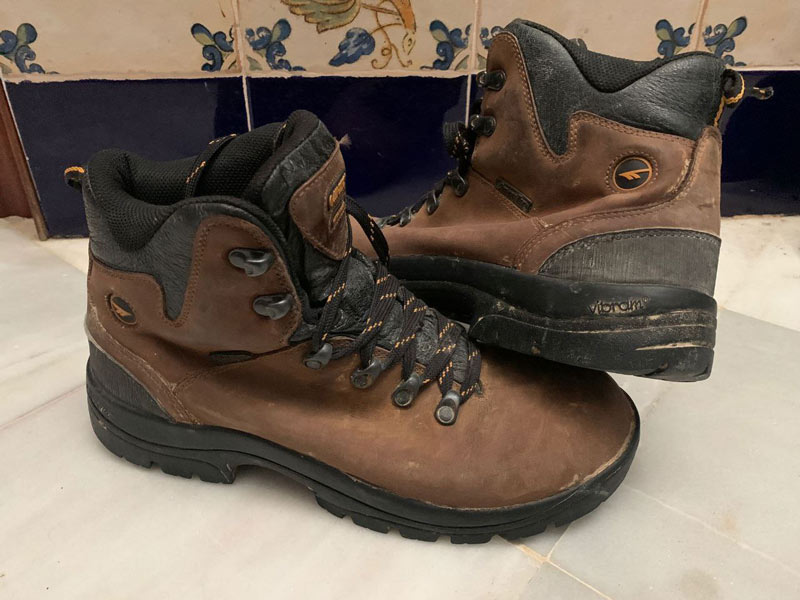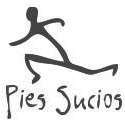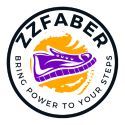No products
Prices are Management included

It loves me or it doesn't loves me
With this title you will think that I am plucking a daisy or that today is about feelings.
Maybe I am.
Or maybe not.
Although looking around, it is true that we are, and I include myself, more sensitive.
Maybe it's because of the weather. Winter and melancholy are words that often go together.
Maybe it is because of current affairs. What can I tell you that you don't know.
Or because of life. The same one that makes you enjoy and suffer in equal parts.
But it's not about feelings, it's about a test, as simple as putting on the least minimalist footwear you have.
The one with the highest heel, narrowest and stiffest you have.
So that you can experience again how your feet felt before.
Just that, to feel. Without doing anything else.
In my case, I rescued some hiking boots from the back of my wardrobe.
I thought I had thrown them away, but there they were.
Waterproof and with Vibram soles.
Sturdy as a rock.

And with only 820 grams per boot.
The pair weighs 1.64 kilos.
Almost a kilo per foot!
The "heavyweight" of footwear.
If 50 grams already affects the movements of the foot, imagine 1000 grams.
Just with this is enough to make you cry... in the end it's true that this article is about feelings.
If 2kg rucksack on my back is heavy, just imagine it on my feet.
I felt clumsy.
I walked as if I was riding on two stilts.
You know the children's game of walking on two cans tied with ropes grabbed with your hands?
That's how I felt, but instead cans: boots. Even they made the same noise when I walked.
Of course, with so much big boots my foot didn't feel to the ground and my toes were trapped, I couldn't move them.
And walking the ankle practically didn't work, it didn't move. There was any flexion of them.
And this is very serious:
When you move forward and your ankle doesn't flex, your knee will turn inward to continue walking.
With time, this rotation can become to lateral meniscus damage, just where the knee moves.
And you're also more exposed to sprain it.
All because you're wearing the wrong shoes.
Although I only wore the boots for a while, my sensations were a sh.... bad thing.
They say there is no better medicine for appreciating what you have than not having it.
Detachment makes attachment.
In love.
In family.
In shoes.
And how right they are!
And in your case, what have you felt with that old pair you had in home?
Have you dared to try?
If you really want to feel where you step and protect your ankle from a sprain, there are two alternatives:
Both with the most sensitive and puncture-proof sole on the market:
In shoes: Ra II Vivobarefoot
In low boots: Gobi II Vivobarefoot
Dejar un ComentarioDejar una respuesta
Blog categories
- Running Technique
- Shoes Review
- Scientific studies
- Nike and minimalist shoes
- Morton neuroma
- Bunions
- Podiatrists' opinion on...
- Claw toes, crowded toes,...
- Flat feet
- Runner's injuries, runner's...
- Sprained feet, ankle sprains
- Footwear for wide feet or...
- Heel and back pain
- Children's feet and...
- Circulation and bone...
- Knee pain, osteoarthritis,...
- Plantar fasciitis
Últimos Comentarios
Fernando Capellán
That Vivobarefoot lawsuit… and what happened nextLorena Cortés
This is what Nike did to Nadal's footFernando Capellán
They call it ugly... but everyone will...Antonio Caballo
The finger wristband: when fashion squeezes...









































3 Comentarios
Sergio Vázquez 02/09/2021
Que bueno!!!Erik Cuellar 02/08/2021
Hola, muchas gracias por todas estas historias que facilitan acercarse al minimalismo a través del conocimiento, la concienciación mental, psicológica...Hoy respondo, algo nada habitual en mi, a este post, porque toca un tema sensible para mi.
Soy guía de montaña, llevo tantos años usando calzado minimalista como de guía: 14 años.
Y es que en todo este tiempo, no he conseguido desprenderme completamente de las botas, en mi vida se intercalan fivefinges, nimble toes, Bar, vivobarefoot, huaraches, Camper peu cami... con botas Boreal o Cabrit.
Hay que contextualizar: las botas que aparecen en la foto son para hacer montaña, pero para dar un paseo por el monte con la familia sobra con unas zapatillas. Hay que saber que actividad vamos a hacer para elegir adecuadamente el calzado.
El uso del calzado minimalista en el monte puede conllevar lesión, basta con 5 jornadas seguidas en la Tramontana o en Escocia (terrenos altamente rocosos) a 10-15km diarios sumando de metros de desnivel, para agotar cualquier pie muy entrenado y puedes acabar con dolores serios en metatarsos o lesionado.
Las botas de la foto, efectivamente son pesadas, son muy resistentes para hacer montaña (no paseos). Llevan una suela Vibram Bifida, es una de las suelas de vibram mas duras y resistentes (unos dos años de suela en mi caso, muy rentable comparado con unas vivobarefoot, que me pueden durar poco más de un verano si las uso en todas las rutas) y un upper de Cuero de 1,8mm aprox, con pocas costuras y un forro impermeable(muy razonable para soportar la nieve y no sufrir sentir como pierdes los dedos de los pies en cualquier sierra iberica que contraiga estas condiciones en un día frío).
La Vibram bifida aparte de duras y resistentes, son una suela ancha, se suele montar con punteras redondas amplias para los dedos, y eligiendo bien la talla de la bota (seleccionando por el ancho y no por el largo) son muy cómodas.
Por ejemplo si tengo un calzado viejo sin plantilla, puedo pedir al zapatero que me monte esta suela, otra opción pedir que me quiten la plantilla de mis botas desgastadas, colocar una eva de 5mm a lo largo de todo el calzado y una suela Vibram Foura (obtendré un recauchutado drop cero) y tendré un calzado relativamente sensitivo y suficientemente amplio para mis metatarsos... y me durara una barbaridad.
El otro punto es el upper, un cuero de una pieza (sin costuras), es un tejido natural, altamente resistente y relativamente impermeable, pero no se adapta tan bien como un tejido y pesa más. Igualmente cuando haces montaña, me sigue pareciendo imprescindible su durabilidad vuelve a no tener parangón, ninguna jara o brezo atravesara este tejido evitando que se clave en tu pie, además ninguna roca lo cortara.
La caña del calzado por supuesto es prescindible y solo es necesaria en caso de nieve y para proteger de una mordida de serpiente si nos gusta no ir por caminos. En cualquier caso, que tu calzado tenga caña no implica que esta tenga que estar apretada, si me apuras, ni atada, de tal manera que no tiene porque impedir ningún movimiento y sigue siendo valida para las necesidades indicadas.
Para ciertas actividades no es admisible cualquier calzado y hacen falta usar calzados de compromiso, que equilibren la balanza. Mezclar hormas que respeten tu pie, drop cero, calzado sensitivo (sin plantilla), pero con suelas con espesores suficiente, resistentes para soportar los kilometros y las rocas, y un upper a prueba de cualquier ramas o priedra, van a añadir peso, pero definitivamente tus pies lo van agradecer.
Colateralmente dos ventajas del calzado de compromiso resistente: Reducir en gasto y producción de calzado, Reutilizar tus viejos pares, los tejidos naturales son mas fácilmente Reciclables (y sus desechos en cualquier caso no son microplasticos).
Un saludo, felices caminatas!
Pedro Carlos 02/07/2021
Muy buenas siempre estas reflexiones !!!☺